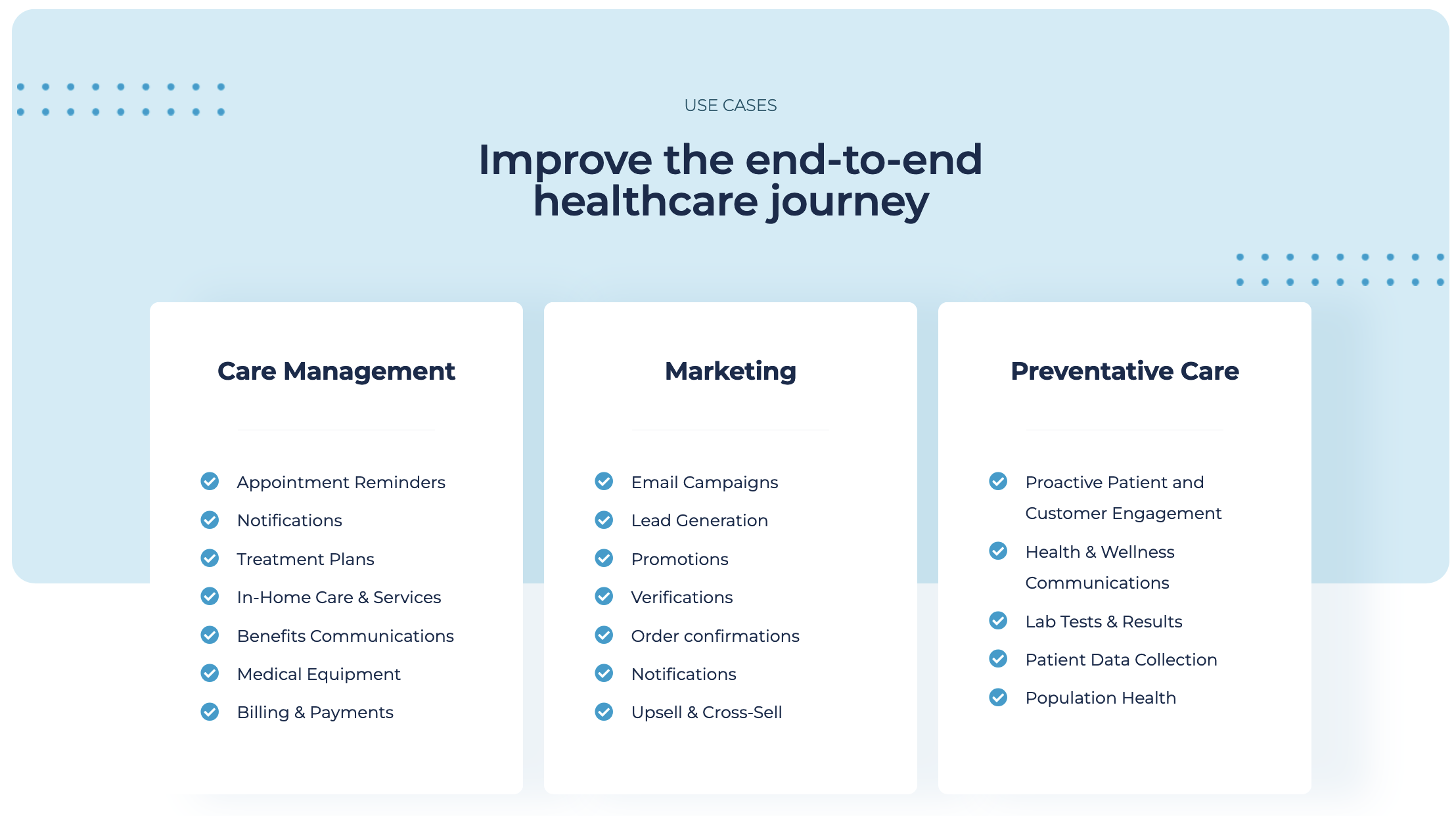Marketing helps medical practices attract new patients, retain existing ones, build their reputation, and communicate their value in competitive healthcare markets. Effective practice marketing increases patient awareness of available services, educates communities about health topics, and establishes trust with potential patients. A strategic marketing approach allows practices to grow sustainably while maintaining focus on quality patient care.
Patient Acquisition and Practice Growth
Medical practices depend on a consistent stream of new patients to maintain financial health and expand their services. Marketing campaigns that present specialties, physician credentials, and treatment approaches help differentiate a practice from local competitors. When potential patients search for healthcare providers online, digital marketing ensures the practice appears in relevant local results. Many successful practices implement referral programs where current patients recommend services to friends and family, creating organic growth. Geographic expansion becomes possible when marketing targets new communities or demographic groups with specific healthcare needs. Without effective marketing, even excellent medical practices can struggle to maintain optimal patient volume.
Strengthening Patient Relationships
Patient relationships flourish beyond initial appointments when practices implement thoughtful marketing strategies. Regular health newsletters educate patients about relevant medical topics while keeping the practice top-of-mind between visits. Automated appointment reminders decrease no-shows and demonstrate respect for patients’ time commitments. Many practices find that personalized communications acknowledging birthdays or health milestones create meaningful connections that patients appreciate. Effective promotion of patient portal features increases engagement with health information and simplifies administrative interactions. Maintaining existing patient relationships through marketing typically costs less than acquiring new patients. Patient loyalty translates to word-of-mouth recommendations that benefit practices more than most paid advertising.
Building Practice Reputation
In competitive healthcare markets, reputation directly influences which providers patients choose to visit. Consistent marketing messages about quality care and positive patient experiences shape public perception over time. Patients increasingly research providers online before making appointments, making reputation management across review platforms essential for practice success. A professional website featuring physician backgrounds, facility information, and patient stories establishes credibility with potential new patients. Local involvement through community health initiatives or event sponsorships builds goodwill while increasing practice visibility. Prospective patients often form their first impression of a practice long before any clinical interaction occurs. Medical practices with solid reputations attract more patients and qualified clinical staff seeking respected work environments.
Service Awareness and Education
Patients frequently remain unaware of many services available at medical practices they already visit regularly. Marketing campaigns presenting specialized treatments, technologies, or expanded services help patients understand all available care options. Educational content addressing when to seek care for specific symptoms empowers patients to make appropriate healthcare decisions. Seasonal health communications about topics like flu prevention or sun safety address timely concerns while promoting preventive visits. When patients understand the full range of available services, they make more informed choices about their healthcare needs. Practice revenue becomes more consistent when patients utilize appropriate services based on marketing education. The combination of better-informed patients and optimized service utilization benefits both medical outcomes and practice sustainability.
Communicating Practice Changes
The healthcare landscape continuously evolves through provider changes, location expansions, and technological advancements. Marketing creates structured communication channels to inform patients about these developments without causing confusion. New physician announcements help build patient panels quickly when practices expand their medical teams. When practices open additional locations, targeted geographic marketing builds awareness in new service areas. Insurance network changes require clear, timely communication to affected patients to prevent appointment surprises. The introduction of telehealth services depends on effective marketing to achieve patient adoption and utilization. Practices that communicate changes clearly maintain patient confidence during transitions and prevent unnecessary anxiety. Throughout healthcare evolutions, marketing provides the link between practice advancements and patient awareness.
Measuring Practice Performance
Marketing activities generate valuable data that shows a practice’s market position and operational performance. Patient satisfaction surveys reveal service strengths and improvement opportunities that might otherwise remain hidden. Website analytics identify which services generate the greatest public interest, helping practices allocate clinical resources appropriately. Campaign tracking metrics connect specific marketing investments to appointment bookings and revenue generation. Understanding referral sources helps practices identify which professional relationships and community connections drive patient growth. Practice leadership makes more informed business decisions when marketing data supplements clinical quality measures. The combination of marketing metrics and clinical outcomes provides full insight into overall practice performance from multiple perspectives.












